Graphics Reference
In-Depth Information
geometry. The only thing simple about the two-dimensional case is the fact that it is
somewhat easier to draw pictures here and so the reader will have an easier time
understanding what some of the relevant issues are. This section will show the poten-
tial richness of a theory of plane curves by attempting to answer the simple sounding
question: what do plane curves and their intersections “really” look like?
The most well-known plane curves are probably the conics, namely, the ellipse,
parabola, and hyperbola, which are defined by simple quadratic equations. As we look
at such curves let us do it in the context of the following question:
What is the relation between the dimension of a variety and the number and type of equa-
tions that define it?
A natural intuition would be that each equation takes away one degree of freedom.
Certainly, in the case of linear equations, k “independent” linear equations in n vari-
ables will define an (n - k)-dimensional plane in
R
n
, or, to put it another way, a plane
of codimension k. This uniformity does not seem to be the case when dealing with
polynomial equations. Consider, for example, the three polynomials:
2
2
XY
+-
1
(10.1)
(10.2)
2
2
XY
+
2
2
XY
++
1
(10.3)
The curves in
R
2
associated to the zeros of these polynomials are the circle, the point
0
, and the empty set, respectively. Although the circle is a codimension 1 subset, the
other two spaces are not. One might be tempted to give up on the general principle
that one equation should define a codimension 1 subset, but that would be prema-
ture. One can restore a uniformity into this picture by doing what is often done in
mathematics - extending the universe in which one is searching for solutions. In this
case, the problem is that the reals are not algebraically closed. We should consider
our polynomials as polynomials over the complex numbers
C
. This will guarantee that
there will always be the “right” number of solutions. In fact, one should go one step
further and move to homogeneous coordinates and complex projective space
P
2
(
C
).
This will restore some additional “missing” points “at infinity” and unify connectivity
properties of varieties. For example, we showed in Chapter 3 that all the conics look
essentially the same and the differences between ellipses, parabolas, and hyperbolas
that exist in the affine world when it comes to their number of branches is eliminated.
So let us show how using complex numbers and projective space does bring back
harmony and uniformity to our world. Of course, the reader should note that the term
“plane curve” has now taken on a new meaning. The curve, as the set of zeros of a
polynomial in two variables whose coefficients might be all real, can mean the “real
part” in
R
2
or
the “complex part” in
C
2
or
the entire curve in
P
2
(
C
). We shall switch
back and forth between these meanings. The context should make clear which we
have in mind at any given time.
What happens when X and Y are complex variables rather than real ones? We
look at several examples starting with the polynomials in equations (10.1-3). See
[Kend77] for more details about the examples below.

